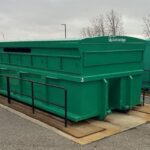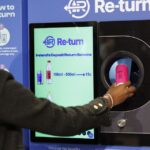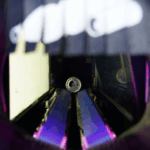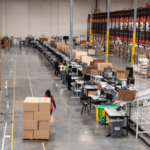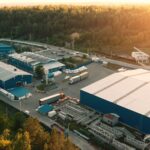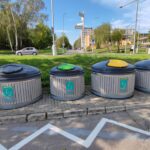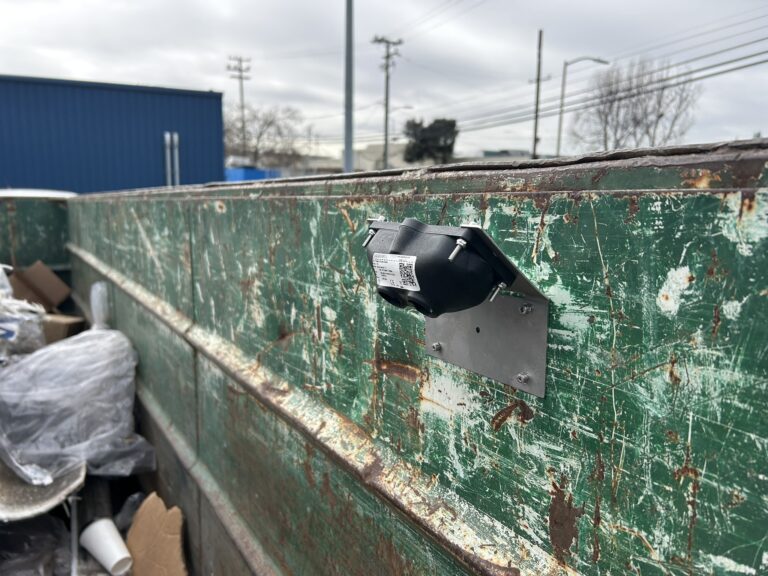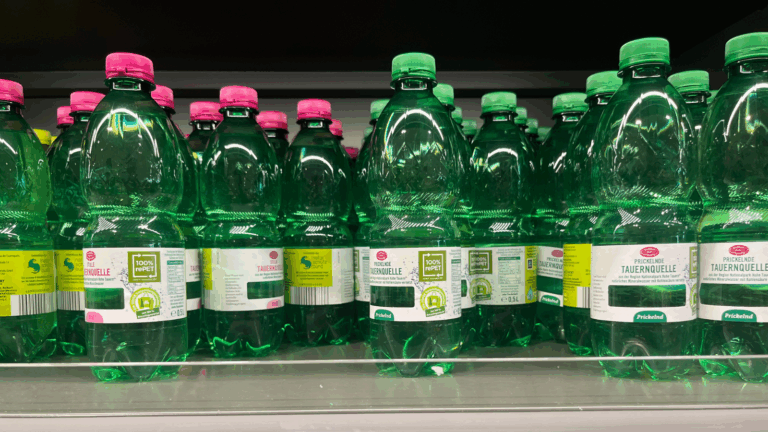Data-Driven Waste Collection for U.S. Housing Agency
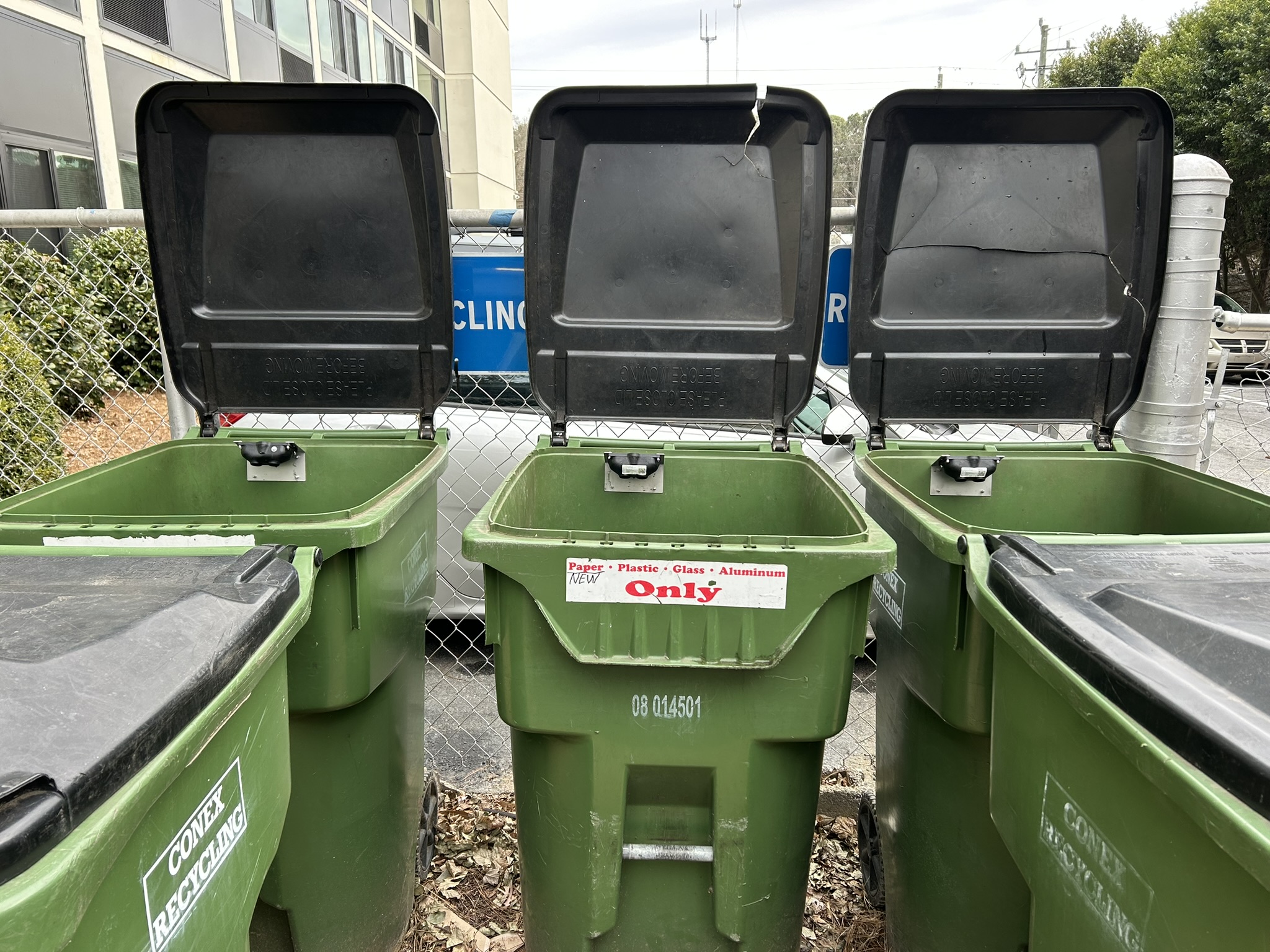
Operational efficiency
Ultimate goal
Recyclables
Type of waste
50,000
Residents
Sensors
Used solution
Fill-level monitoring of recyclables for Atlanta Housing
Project and customer description
Sensoneo installed its first batch of ultrasonic sensors in collaboration with Atlanta Housing, one of the largest housing agencies in the United States, serving approximately 50,000 residents. The sensors were placed in recyclables bins as part of Atlanta Housing’s initiative toward sustainable and smart waste management.
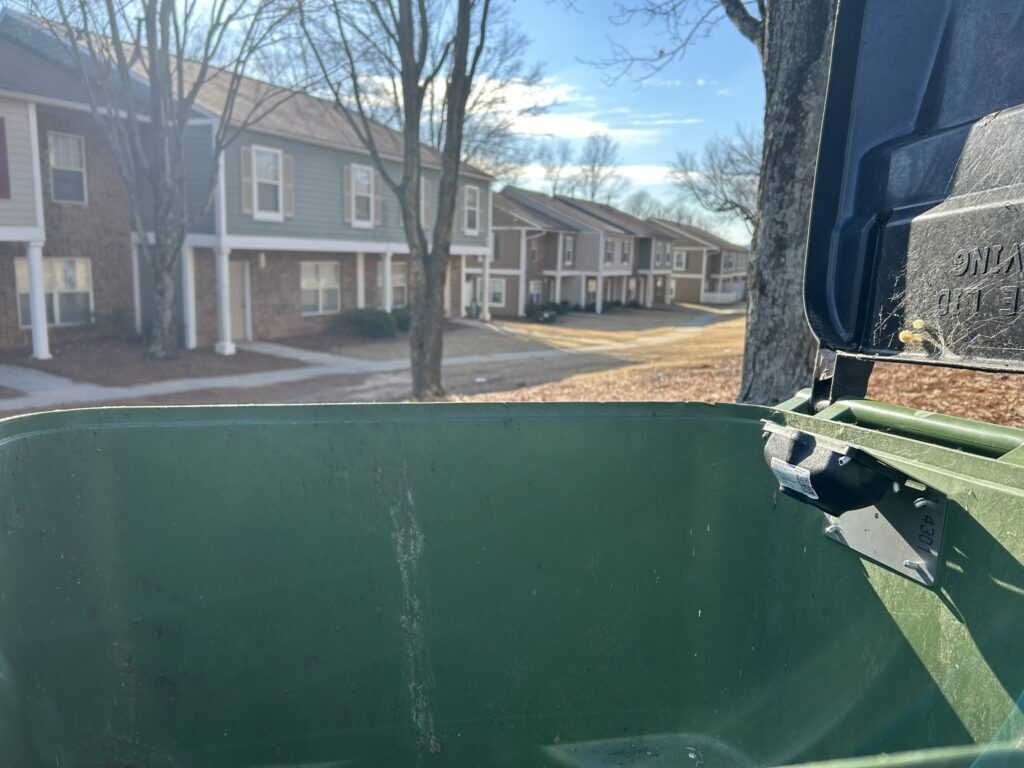
Challenge
The primary objective was to enhance operational efficiency by ensuring pickups occur only when bins are sufficiently full, thereby avoiding unnecessary collections of empty or half-filled containers while preventing overflow.
Solution
Sensoneo’s ultrasonic sensors were installed inside recycling bins to measure fill levels in real-time. Data from these sensors is transmitted via IoT networks to a centralized dashboard. This system enables dynamic scheduling of pickups, ensuring only full bins are serviced and reducing redundant collection trips.
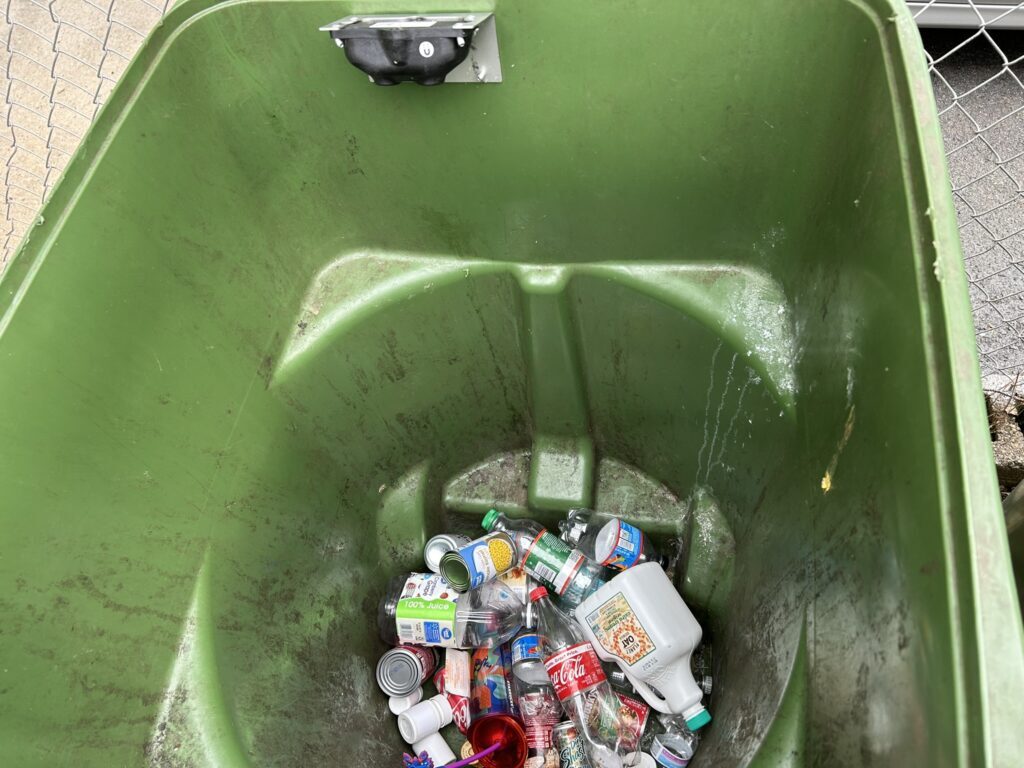
Impact
Within the first few months, fill-level monitoring delivered visible benefits:
- Overflow prevention: No bins experienced overflowing, leading to cleaner and more pleasant public areas.
- Operational gains: Pickup routes were optimized—empty or half-full bins were no longer serviced, leading to reduced fuel consumption and labor time.
These outcomes demonstrate the early-stage value of deploying smart sensor technology in waste management.
Key achievements
- Digitalized monitoring of recycling bins with real-time data.
- Optimized collection routes by avoiding empty or half-full pickups.
- Cleaner public spaces through effective overflow prevention.
- Reduced fuel consumption and labor requirements.
- Strong foundation for scaling smart waste management across sites.
Future Outlook
Following the success of the pilot, Atlanta Housing is considering scaling the initiative across additional sites and potentially expanding to monitor other waste streams. This indicates a move toward a comprehensive, sensor-driven waste collection strategy across its properties.
The case study will be continuously enhanced with new key achievements and results as further data becomes available.
Selected success stories
Latest success stories
Smart Waste Newsletter
Get monthly updates from our company and the world of waste!


